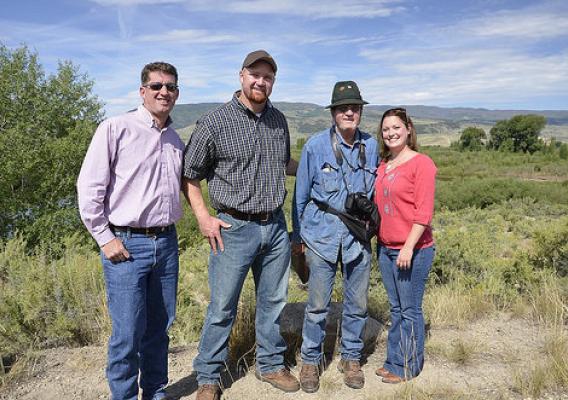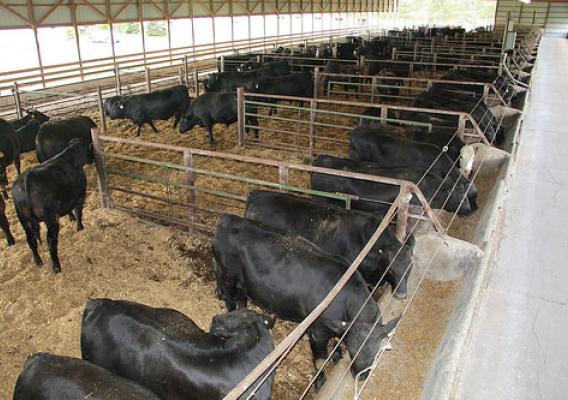Today the Environmental Protection Agency released its new Clean Water Rule to help provide greater clarity on certain aspects of the Clean Water Act.
The Clean Water Act has successfully reversed the effects of harmful pollution in America's waters for over 40 years. However, recent Supreme Court cases caused tremendous confusion over which waters the Act would continue to cover. There was broad agreement among Members of Congress, farmers and ranchers and other business owners that more clarity was needed to define precisely where the Clean Water Act applies.
USDA urged the EPA to listen to input from farmers and agri-business owners who need clear expectations and long-term certainty so they can effectively run their operations. EPA is seeking to provide that certainty with the development of this Clean Water Rule, and we appreciate that Administrator McCarthy and her staff have made a very concerted effort to incorporate the agricultural community’s views.
The following is a blog from EPA Administrator Gina McCarthy and Assistant Secretary of the Army for Civil Works Jo-Ellen Darcy on the Clean Water Rule and agriculture.









